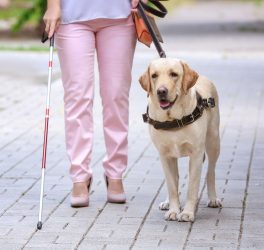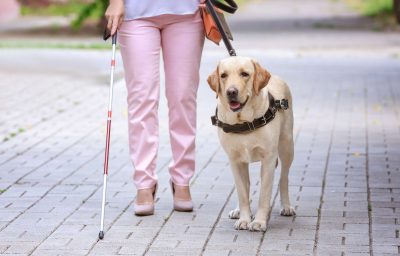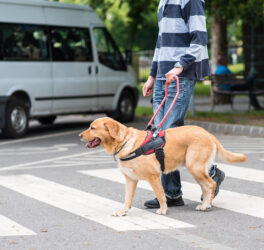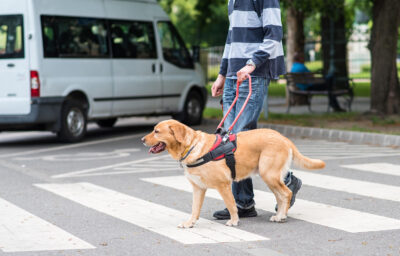
New findings released by the University of South Australia paint an alarming picture for people with a disability who are renting in the private sector.
COVID-19 has left a black financial hole for many tenants whose incomes have been slashed in 2020, but the mental health toll and stress on renters with a disability has been particularly savage, according to UniSA Professor Andrew Beer.
“Almost 30 per cent are struggling to make ends meet, and close to a quarter of them have withdrawn money from their superannuation fund this year,” Prof Beer says.
In a national survey of private tenants with a disability, the housing expert and Executive Dean of UniSA Business found that 18.8 per cent had been forced to ask for a rent reduction and reported a significant decline in their mental health in 2020.
“This is almost double the rate for tenants without a disability, and they were also twice as likely as other tenants to be retrenched this year.”
More than 10 per cent of tenants with a disability said their rent had become unaffordable, compared to 7.7 per cent without a disability. There was also a small – but significant – number (5.5 per cent compared to 3.1 per cent) who were evicted from their homes and 20 per cent who were skipping meals to save money.
“Overall, private tenants affected by disability are in a bad set of circumstances that has become worse through 2020,” Prof Beer says.
“We already know that Australians with a disability are among the most disadvantaged in the housing market, especially in the private rental market, as many have precarious employment.”
“There is no single risk factor that we can address to ease the burden for people with a disability. Disadvantage stems from a combination of factors, including lack of jobs, low income, high housing costs and insecure tenancy,” Prof Beer says.
“It is clear from the data that people with a disability are not as resilient at responding to shocks in the housing and labour markets when compared to the rest of the population. We need to provide targeted accommodation to make them less vulnerable to eviction,” he says.








